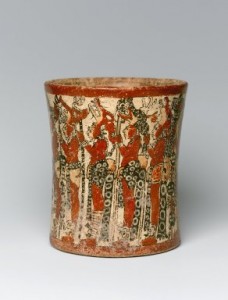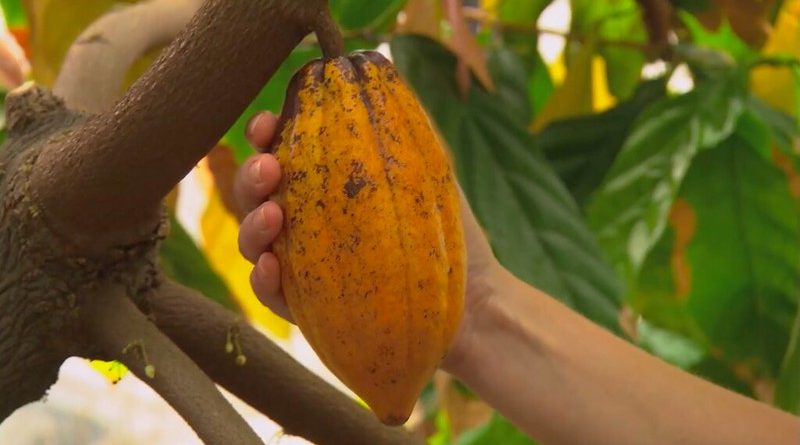The Story Of…The Origins of Chocolate
Most of the world’s cocoa is grown in the narrow belt 10 degrees either side of the Equator because cocoa trees grow well in humid tropical climates with regular rain and short dry season. The history of it’s production and uses is as rich and deep as its taste which charts back to ancient civilizations…

An Olmec carved stone image by Maribel Ponce Ixba
The Olmecs 1500 B.C. to 100 B.C.+
The Olmecs, famous for carving colossal stone heads, were the first people known to process and eat cacao beans, which they called kakaw. They devised the fermenting, drying, roasting and grinding process that remain the basis of chocolate production as it is known today. The Olmec’s passed this knowledge down to the Mayans.
Mayans 1800 B.C -1500 A.D
Perhaps the first chocoholics, they referred to cacao as ‘food of the gods,’ and carved the shape of the pods into their stone templates, artwork, drinking vessels and even used the beans in human sacrifice as well as for medicinal purposes.

Maya Cylindrical Vessel ca.550-950-C.E. Ceramic pigm
South-Western Americans 1000-1125 A.D.
The early Mesoamericans traded cacoa with their neighbours living many miles to the north. People living in northwest New Mexico’s Chaco Canyon drank cacao from cylindrical jars as part of ritualistic practices. The closest cultivated cacao grew in central Mexico.
Aztecs (1420 A.D. – 1520 A.D.).
While the Aztec royals continued the tradition of drinking cacao at ceremonies, they could not grow it in the central highlands of Mexico, so they too traded for it, with their southern neighbours the Mayans and others.
Aztec rulers also demanded that their tributes, an early form of taxation paid by citizens and those they conquered, be paid in cacao. In the communities themselves, cacao seeds were used as currency, traded at the market and kept locked up. A rabbit cost between four and 10 beans, a mule worth 50 and a turkey hen went for 100. In fact, cacao was so valuable in early times that it was counterfeited. People would hollow out the pods, fill them with dirt and pass them off as newly harvested.

Wall painting of the aztec God Quetzalcoatl
Believing that the god Quetzalcoatl brought the cacao tree to them, Aztecs also used the beans as offerings to the gods. They also are said to have used chocolate to calm those who were about to become human sacrifice.
The scientific name Theobroma cacao was given to the species by the Swedish botanist Carl Linnaeus in 1753, when he published it in his famous book Species Plantarum. He used Sloane’s text and drawings as the basis for descriptions of new species. Theobroma means ‘food of the gods’ in Latin, and cacao is derived from the Nahuatl (Aztec language) word xocolatl, from xococ (bitter) and atl (water).

Theobroma cacao




